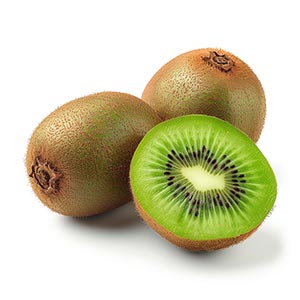Kiwi, known for its bright, tart, and slightly sweet aroma, is a relatively modern addition to the palette of perfumery ingredients. Originating from China and later cultivated in New Zealand, where it gained its popular name, Kiwi has become synonymous with freshness and exotic appeal. The fruit's unique scent profile is reminiscent of a blend of citrus and berry-like notes, with a refreshing and slightly tangy undertone. In perfumery, Kiwi is used to impart a sense of vibrant freshness and fruity zest. Its aroma is often associated with youthful and energetic fragrances, ideal for creating lively and playful scent compositions. The fruit's natural sweetness, combined with its tart and juicy qualities, makes it a popular choice for summer and spring fragrances, where a light and invigorating scent is desired. The use of Kiwi in fragrance formulations aligns with the growing trend of incorporating natural and exotic fruit aromas into perfumes. It adds an element of surprise and a burst of natural freshness that can transform a fragrance, making it more dynamic and appealing. Kiwi pairs well with other fruity and floral notes, allowing perfumers to craft scents that are both complex and delightfully fresh.
Natural or Synthetic?
Kiwi is utilized in perfumery in both natural and synthetic forms. While natural kiwi extract captures the authentic aroma of the fruit, consistency in fragrance profiles and cost-effectiveness are often achieved through synthetic replication. Natural kiwi fragrance can be extracted through methods like steam distillation or solvent extraction, though this is less common. Synthetic kiwi aroma is formulated to mimic the fruit's characteristic fresh and tart scent.
Fragrance Families Kiwi Most Commonly Found In
Show fragrances that contain Kiwi as a note



